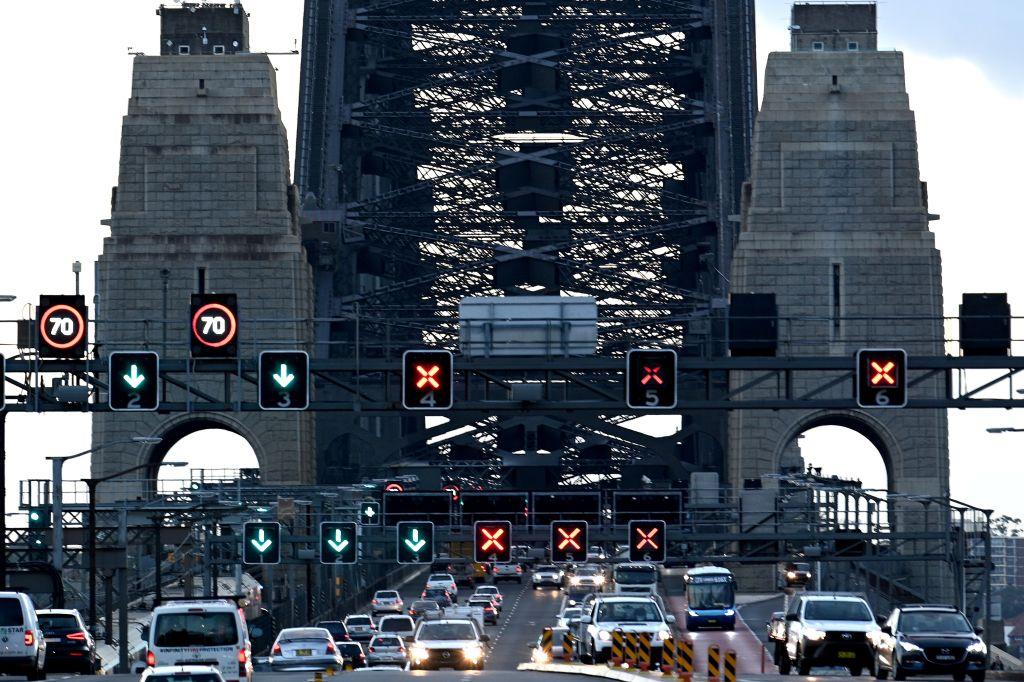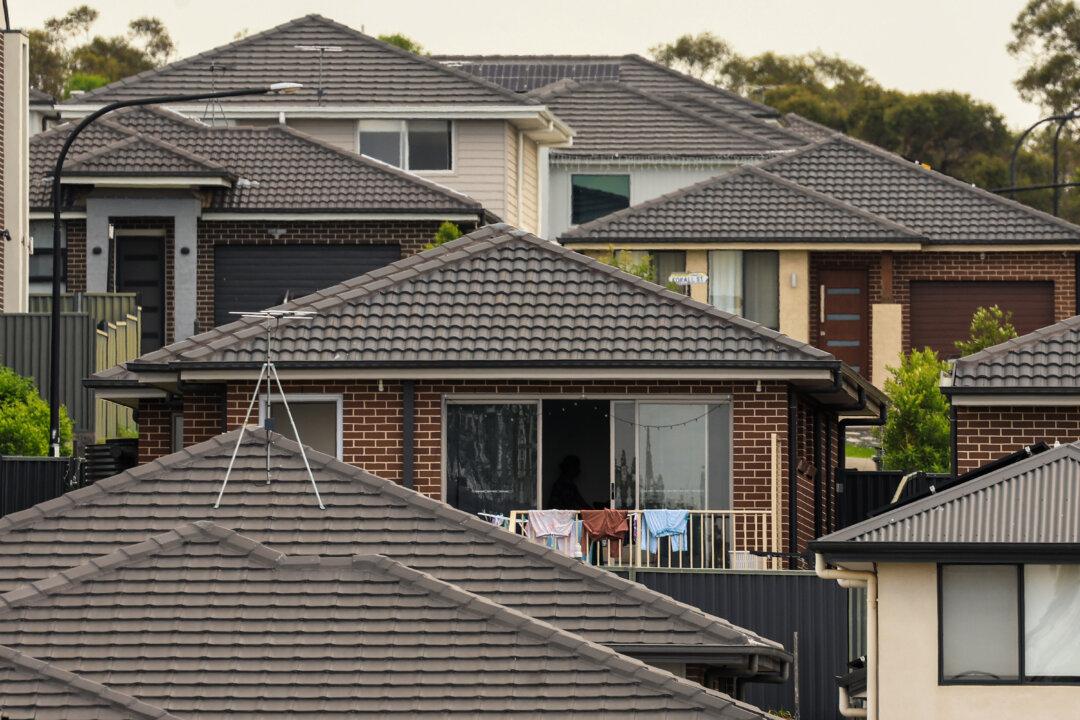Households won’t pay more for their power bills under changes being considered by the federal government, the energy minister claims.
Angus Taylor is considering changing how the energy system works so that dispatchable power stations like coal and gas are paid for being available.
It would see the east coast market follow what occurs in Western Australia.
“We only pay for energy, we don’t pay for availability—dispatchability—being a generator that can flick on as soon as it’s needed,” Mr Taylor told The Australian on Friday.
“But we have to strengthen those signals to the market, to investors, that we want this dispatchable generation to balance the solar and wind going in.”
It’s about giving the industry certainty so they keep power stations open and invest in new ones.
“It’s very important we see retention of our dispatchable generation where it makes sense to do so, including coal,” the minister said.
The plan would result in power giants paying more, but Mr Taylor does not think the cost would be passed on to consumers.
“No I don’t think they need to,” he said.
It would instead put downward pressure on prices, the minister believes.
His focus is on ensuring there is enough power available from sources in the evening when solar is not producing energy.
Battery storage is another option being considered by the Energy Security Board in a paper on how to map out the future of the electricity system.
The paper concludes that governments and industry have time to build a more reliable and cleaner electricity system if plans are put in place now.
An influx of renewable power and the retirement of old, coal-fired generation is pushing the existing energy system to its technical limits.
The ESB is set to advise energy ministers mid-year on how best to tackle the many problems involved in getting a new system up and running.
“The rapid spread of large-scale wind and solar, along with rooftop PV, across Australia means our energy system is experiencing the fastest and most substantial change in the world,” ESB chair Dr Kerry Schott said.
“We are preparing the advice ministers need to enable the critical decisions needed for an affordable, reliable and secure electricity system that can ultimately operate at net zero emissions.”
The first of four areas of work is preparing for an orderly retirement of coal-fired power by enabling the timely entry of new generation, storage and firming capacity.
The second area of work needed is on backing up power system security.
Security is about keeping the lights on by maintaining the power system’s technical parameters like voltage, frequency and current flows under control and within safe limits.
The third innovation is making sure consumers installing solar PV, batteries and smart appliances can reap the benefits of doing so, while not putting the system at risk.
A fourth reform is opening the power grid to cheaper large-scale renewables through a series of priority “renewable energy zones”, which would ensure generation and transmission is done in a planned way





